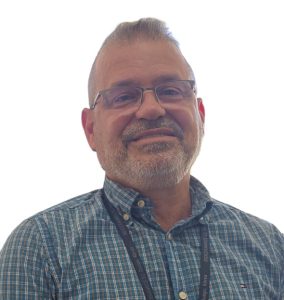Plenary Speakers 2026

Marcelo PRADO
Professor
Materials Science and Engineering Graduate Programme Military Instityute of Engineering, IME
Rio de Janeiro, R.J., BRAZIL
Marcelo Prado is a metallurgical engineer, M.Sc. and Ph.D. on Metallurgical and Materials Science Engineering from the Federal University of Rio de Janeiro (UFRJ, Brazil). Part of the Ph.D. was performed in the Interdisciplinary Research Centre in Biomedical Materials (IRC, Queen Mary and Westfield College, University of London) and developed Post doctoral research on porous bioceramics and composites performed at INEB – University of Oporto (2000-2001). Marcelo Prado is currently a Full Professor in the Military Institute of Engineering (IME, Brazil), being also in chief of the Electron Microscopy Laboratory and Ceramic Materials Laboratory. Prof. Marcelo Prado develops researches on bioceramics synthesis and processing, bioactive glasses and composites and is involved in related researches as supervisor, member of scientific committee of conferences, referee of scientific journals, and international societies. He was the President of the International Society for Ceramics in Medicine (ISCM) in 2008 and 2025.
*
* *
THE STORY BEHIND THE CONVERSION OF MONETITE TO HIDROXYAPATITE
Hydroxyapatite is a well-known bioactive bioceramic used as scaffold for bone repair/regeneration and as bioactive coating on biocompatible metals and alloys like titanium and titanium alloys. The coating method has a strong influence on the adhesion to the metallic substrate and on the coating bioactivity and stability in the physiological medium.
This talk will tell the story of the publication of the article entitled “Transformation of monetite to hydroxyapatite in bioactive coatings on titanium” (Surf. Coat. Technol. 2001, 137, 270–276, https://doi.org/10.1016/S0257-8972(00)01125-7). The developed coating method is based on the conversion of an acidic calcium phosphate, monetite, Ca.HPO4, to hydroxyapatite, Ca10(PO4)6(OH)2. The development of this coating method gave rise to other routes for producing scaffolds and partially-substitute hydroxyapatite coatings.